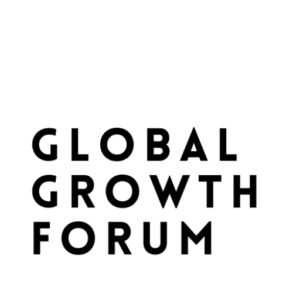The global demand for minerals and metals has surged in recent decades, driven by rapid industrialization, technological advancements, and urban expansion. Among the many sectors influenced by this trend, the cement and steel industries stand out due to their foundational role in construction and infrastructure. However, the rising costs associated with mining these essential minerals could significantly impact the price of cement and steel. This article delves into the factors driving the potential increase in costs and explores how these changes could affect the construction industry and the broader economy.
The Role of Mining in Cement and Steel Production
Cement and steel are crucial to modern construction and infrastructure. Cement is made primarily from limestone, clay, and gypsum, while steel production relies heavily on iron ore and coal. Mining these raw materials is a complex and resource-intensive process. The quality and availability of these minerals directly influence the cost of production and, consequently, the market prices of cement and steel.
Factors Driving Increased Mining Costs
Several factors contribute to the rising costs of mining minerals, which could lead to higher prices for cement and steel:
1. Depleting Resources:
Many of the easily accessible mineral deposits have been exhausted, leading mining companies to explore more challenging and remote locations. This often involves higher operational costs, advanced technology, and increased energy consumption.
2. Environmental Regulations:
Environmental concerns and regulations have become stricter in recent years. Mining operations must adhere to comprehensive environmental protection measures, which can increase costs. Compliance with these regulations often requires significant investment in technology and processes to minimize environmental impact.
3. Energy Costs:
Mining operations are energy-intensive. The global energy market’s volatility, influenced by geopolitical events and shifts towards renewable energy, affects the cost of energy for mining companies. Increased energy costs can translate into higher prices for mined minerals.
4. Labor Costs:
Mining is labor-intensive and requires a skilled workforce. Rising labor costs, driven by higher wages and improved safety standards, can increase operational expenses. In addition, the industry’s reliance on skilled labor means that attracting and retaining workers becomes increasingly expensive.
5. Geopolitical Risks:
Many mineral-rich regions are politically unstable or face trade restrictions. Geopolitical risks can disrupt supply chains, increase shipping costs, and lead to price fluctuations. Trade tensions and export restrictions on key minerals can exacerbate these issues.
Impact on Cement and Steel Prices
As mining costs rise, the prices of cement and steel are likely to follow suit. Here’s how increased costs in mining could affect these industries:
1. Higher Production Costs:
For cement producers, the cost of raw materials like limestone and gypsum is a significant part of their overall expenses. As mining costs increase, these costs are passed on to consumers, leading to higher cement prices. Similarly, steel manufacturers face rising costs for iron ore and coal, which can drive up steel prices.
2. Construction Costs:
Cement and steel are fundamental to construction projects, from residential buildings to large infrastructure developments. Higher prices for these materials can lead to increased construction costs, affecting both residential and commercial projects. This can slow down construction activity and impact housing affordability and infrastructure development.
3. Economic Impact:
Rising costs in the cement and steel sectors can have broader economic implications. Higher construction costs can lead to inflationary pressures, impacting the overall economy. Additionally, industries that rely heavily on construction materials may experience reduced profitability or increased operational costs.
Mitigating the Impact
To address the potential rise in cement and steel prices due to increased mining costs, several strategies can be considered:
1. Innovation in Mining Technology:
Advancements in mining technology can help reduce costs and improve efficiency. Innovations such as automation, remote monitoring, and more efficient extraction techniques can mitigate some of the increased expenses associated with mining.
2. Sustainable Practices:
Investing in sustainable mining practices can help reduce environmental and regulatory costs. Companies that adopt green technologies and practices may benefit from reduced compliance costs and improved public perception.
3. Diversification of Supply Sources:
Diversifying sources of raw materials can help mitigate risks associated with supply chain disruptions and geopolitical uncertainties. Exploring new mining locations or alternative materials can provide more stability in supply and pricing.
4. Economic Adaptation:
The construction industry and policymakers need to adapt to changing economic conditions. Developing strategies to manage increased costs, such as exploring alternative building materials or implementing cost-saving measures, can help mitigate the impact of rising prices.
Disclaimer: The thoughts and opinions stated in this article are solely those of the author and do not necessarily reflect the views or positions of any entities represented and we recommend referring to more recent and reliable sources for up-to-date information.



